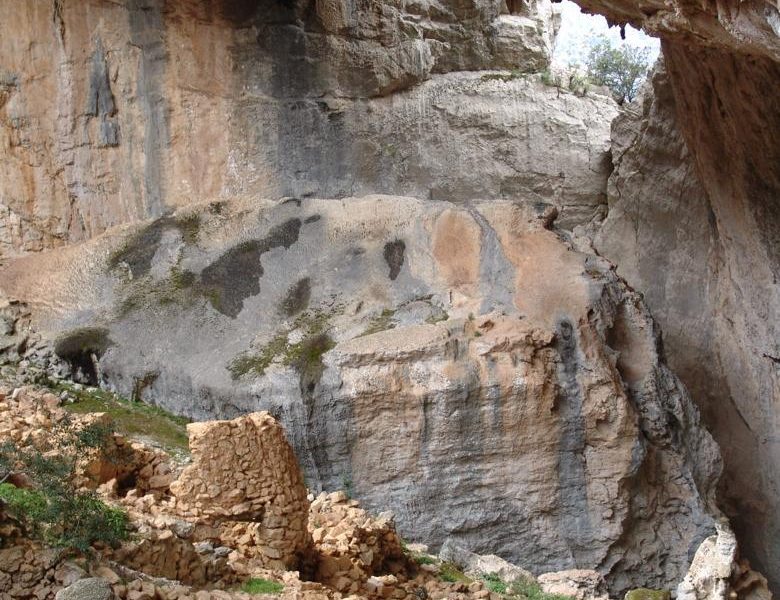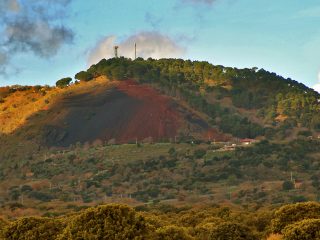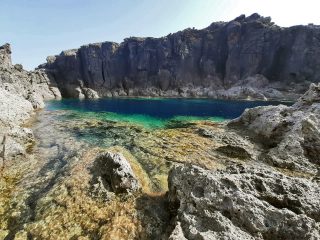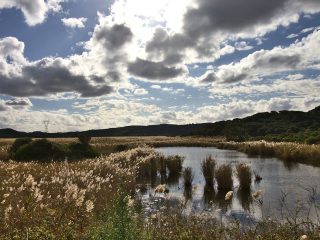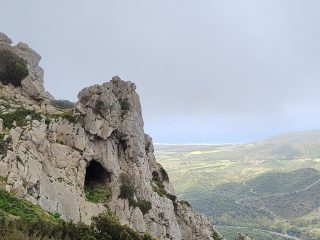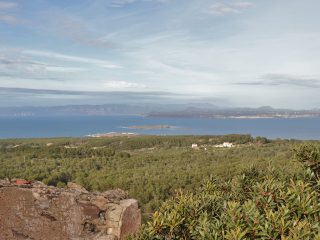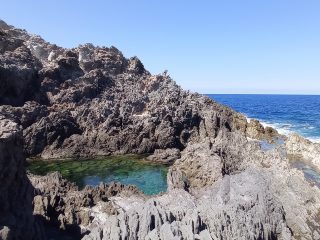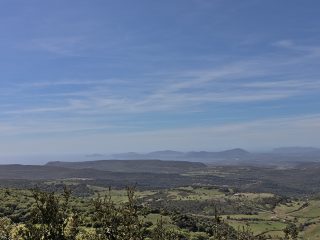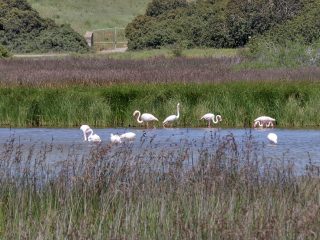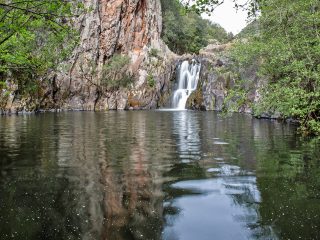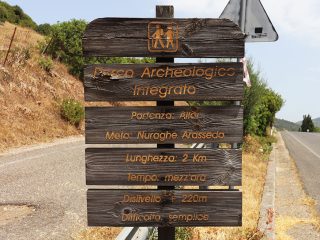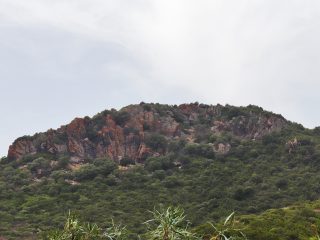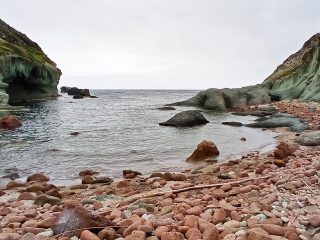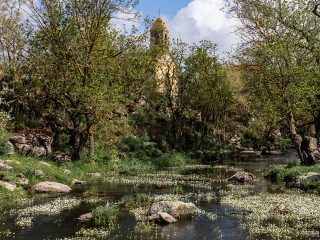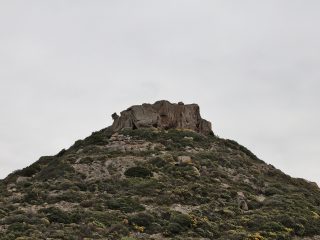Tiscali is a hidden prehistoric village inside a cave at a site which can only be accessed following a gruelling path in the Supramonte, on the summit of Monte Tiscali sitting to the right of the Rio Sa Oche in the Valle di Lanaittu.
The settlement included around one hundred rooms and subsidiary chambers distributed to the north and south-west of the valley; some of the walls rested directly on the rock faces or made the most of rock conformation. The structures had a rectangular, quadrangular, circular or oval layout. The fairly thin walls were created using freshly rough-hewn local limestone and mortar; the mortar was obtained from a mix of clay soil (red clay) and gravel, with the addition of organic aggregates. The wall’s construction and appearance were adjusted by filling in the gaps between one stone and another with mortar; the mortar was then sanded externally following the jut of the walls.
There were often cabinets and niches for storing furniture in the internal wall thicknesses. Some structures were in truncated cone shape with jutting walls and, perhaps, tholos or straminea (trunks and branches) roof for protection.
The site is of significant importance also because of the botanical species found there. There are terebinths, holm oaks and century-old Mastic trees, which grow well there thanks to the humid micro-climate which developed inside the karstic cavity.
A popular destination with excursionists heading to the area, it is fairly difficult to reach on your own. It is advisable to go in groups or with local guides.


